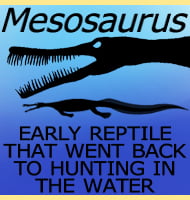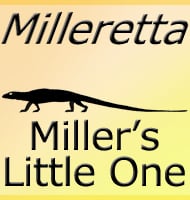Notoemys
In Depth Notoemys is a genus of side necked turtle that lived in South America from the Jurassic to the early Cretaceous. Further Reading - Nuevo hallazgo de Chelonia extinguidos en la Republica Argentina - Physis 22. - N. Cattoi & M. A. Freiberg - 1961. - Notoemys zapatocaensis, a new side-necked turtle (Pleurodira, Platychelyidae) … Read more

